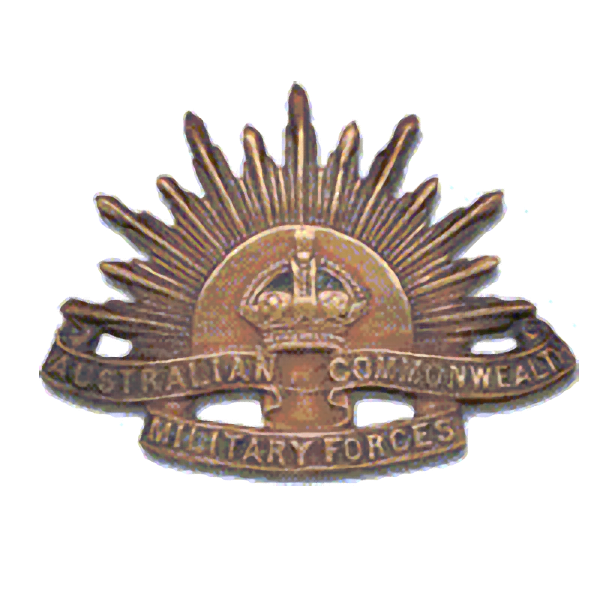Re-telling Claude’s story would not have been possible if it were not for the Australian War Memorial. It’s one of my favourite places on the entire globe. I am indebted to its existence and services.
The Memorial’s purpose is to commemorate the sacrifice of those Australians who have served in war.
Its mission is to help Australians to remember, interpret and understand the Australian experience of war and its enduring impact on Australian society.
To learn more about the purpose of the Australian War Memorial, check out the functions of the Memorial here.
The photo gallery below shows some images of the Australian War Memorial.
The images of the Roll of Honour are mainly focused on the 17th Battalion and in particular the recording Edward Claude Perkins’ name.
Click on the large image below to scroll through the photos, alternatively hover over the small images to select an image.
Background
The Australian official World War I historian, Charles Bean, first thought of a memorial to Australian soldiers while serving in France in 1916.
In May 1917, the Australian War Records Section was established in Melbourne to ensure that war records were preserved relating to campaigns currently being fought. Later the unit moved to Canberra.
In the mid 20’s, an architectural competition was held to provide a design for the war memorial. It did not produce a winning entry, however, two entrants, Emil Sodersteen and John Crust, were encouraged to bring together a joint design. Due to the Depression and limited funding from government budgets, the scope of the project was considerably lessened.
In 1941, the building was completed and, by this time, World War II was the way.
On the 11th November 1941, Remembrance Day, the Australian War Memorial was officially opened by Governor-General Lord Gowrie, himself a former soldier a Victoria Cross recipient.
Over the years, there have been a number of improvements to displays.
As part of the 2001, celebration of the 100 years of Australian Federation, and the 60th anniversary of the Australian War Memorial, the commonwealth granted funds for the building of the ANZAC Hall, located at the rear of the current complex.
Further improvements to Memorial have been the inclusion of new exhibitions including the Second World War and Orientation galleries, Research Centre, Sculpture Garden, Discovery Room and Education Centre for school children and the much-loved Bradbury Aircraft Hall. 1
The Research Centre
My initial research came about in 1995 due to a helpful volunteer assisting me with finding more out about Claude Perkins.
Before there were any online search facilities provided by the Memorial, they had a number antiquated (not in any negative sense) facilities for searching records that had developed over time as technology developed.
These were heavily utilised in my research. After my research and a telephone call to the National Archives, one day a package arrived with Claude’s records.
If you have a need to do any research and you can get the Canberra, make sure you visit the Research Centre. For more details on the research centre, use the following links.
On the following page, you can find the steps and the research we undertook in putting this site together.
- Adapted from the AWM 60th Anniversary and https://en.wikipedia.org/wiki/Australian_War_Memorial ↩


